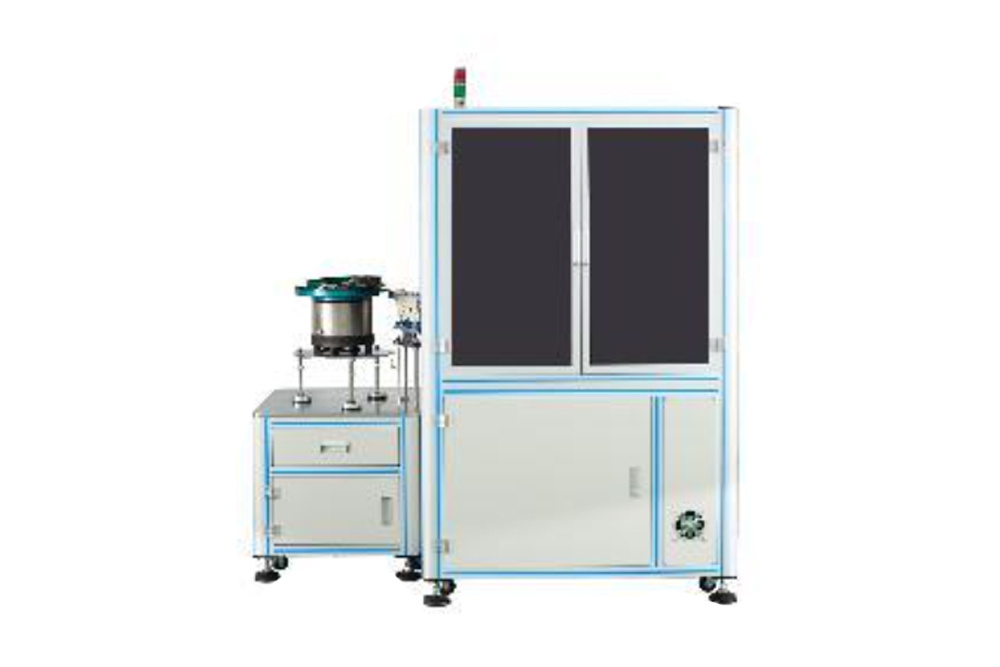Understanding Connector Optical Screening Machines in the Sorting and Screening Industry
In the manufacturing and processing machinery sector, particularly in the realm of sorting and screening equipment, Connector Optical Screening Machines play a crucial role. These machines utilize advanced optical technologies to analyze and separate materials based on their physical properties, enhancing the efficiency of the sorting process.
Connector Optical Screening Machines operate by employing high-resolution cameras and sophisticated software algorithms to capture and analyze images of the materials being screened. This technology allows for the identification of various characteristics, such as color, shape, and size. By leveraging these attributes, the machines can effectively distinguish between different materials, enabling precise separation. For instance, in recycling applications, these machines can differentiate between recyclable plastics and contaminants, ensuring that only suitable materials move forward in the processing line.
One of the primary advantages of Connector Optical Screening Machines is their ability to increase throughput while maintaining high accuracy. Traditional sorting methods often rely on manual labor or less advanced mechanized systems that may not effectively separate materials, leading to increased costs and inefficiencies. In contrast, optical screening machines can process large volumes of materials quickly and with minimal human intervention. This not only reduces labor costs but also minimizes human error, resulting in a more reliable sorting process.
Moreover, the flexibility of Connector Optical Screening Machines is noteworthy. They can be customized to handle various materials and adapt to different sorting criteria. Whether it's for mining, recycling, or agricultural applications, these machines can be tailored to meet specific industry needs. Their capability to handle diverse materials—from metals and plastics to agricultural products—makes them an invaluable asset in many sectors.
Another significant benefit of using optical screening technology is its contribution to sustainability. By improving the accuracy of sorting processes, these machines help maximize resource recovery and minimize waste. In recycling operations, enhanced sorting leads to higher quality end products, which can be reintegrated into the supply chain, thus promoting a circular economy.
In conclusion, Connector Optical Screening Machines represent a significant advancement in the sorting and screening machinery landscape. Their ability to utilize optical technologies for efficient and accurate material separation not only enhances productivity but also supports sustainability initiatives across various industries. As businesses increasingly seek to optimize their operations and reduce environmental impact, the adoption of such advanced technologies will likely continue to grow, positioning Connector Optical Screening Machines as a vital component in the future of manufacturing and processing.
Connector Optical Screening Machines operate by employing high-resolution cameras and sophisticated software algorithms to capture and analyze images of the materials being screened. This technology allows for the identification of various characteristics, such as color, shape, and size. By leveraging these attributes, the machines can effectively distinguish between different materials, enabling precise separation. For instance, in recycling applications, these machines can differentiate between recyclable plastics and contaminants, ensuring that only suitable materials move forward in the processing line.
One of the primary advantages of Connector Optical Screening Machines is their ability to increase throughput while maintaining high accuracy. Traditional sorting methods often rely on manual labor or less advanced mechanized systems that may not effectively separate materials, leading to increased costs and inefficiencies. In contrast, optical screening machines can process large volumes of materials quickly and with minimal human intervention. This not only reduces labor costs but also minimizes human error, resulting in a more reliable sorting process.
Moreover, the flexibility of Connector Optical Screening Machines is noteworthy. They can be customized to handle various materials and adapt to different sorting criteria. Whether it's for mining, recycling, or agricultural applications, these machines can be tailored to meet specific industry needs. Their capability to handle diverse materials—from metals and plastics to agricultural products—makes them an invaluable asset in many sectors.
Another significant benefit of using optical screening technology is its contribution to sustainability. By improving the accuracy of sorting processes, these machines help maximize resource recovery and minimize waste. In recycling operations, enhanced sorting leads to higher quality end products, which can be reintegrated into the supply chain, thus promoting a circular economy.
In conclusion, Connector Optical Screening Machines represent a significant advancement in the sorting and screening machinery landscape. Their ability to utilize optical technologies for efficient and accurate material separation not only enhances productivity but also supports sustainability initiatives across various industries. As businesses increasingly seek to optimize their operations and reduce environmental impact, the adoption of such advanced technologies will likely continue to grow, positioning Connector Optical Screening Machines as a vital component in the future of manufacturing and processing.
Related News













